
Architectural Thesis by Luis Molina at
Scaling up urban agriculture could leverage transformative change, to build and maintain resilient and sustainable urban systems. Current understanding of drivers, processes and pathways for.
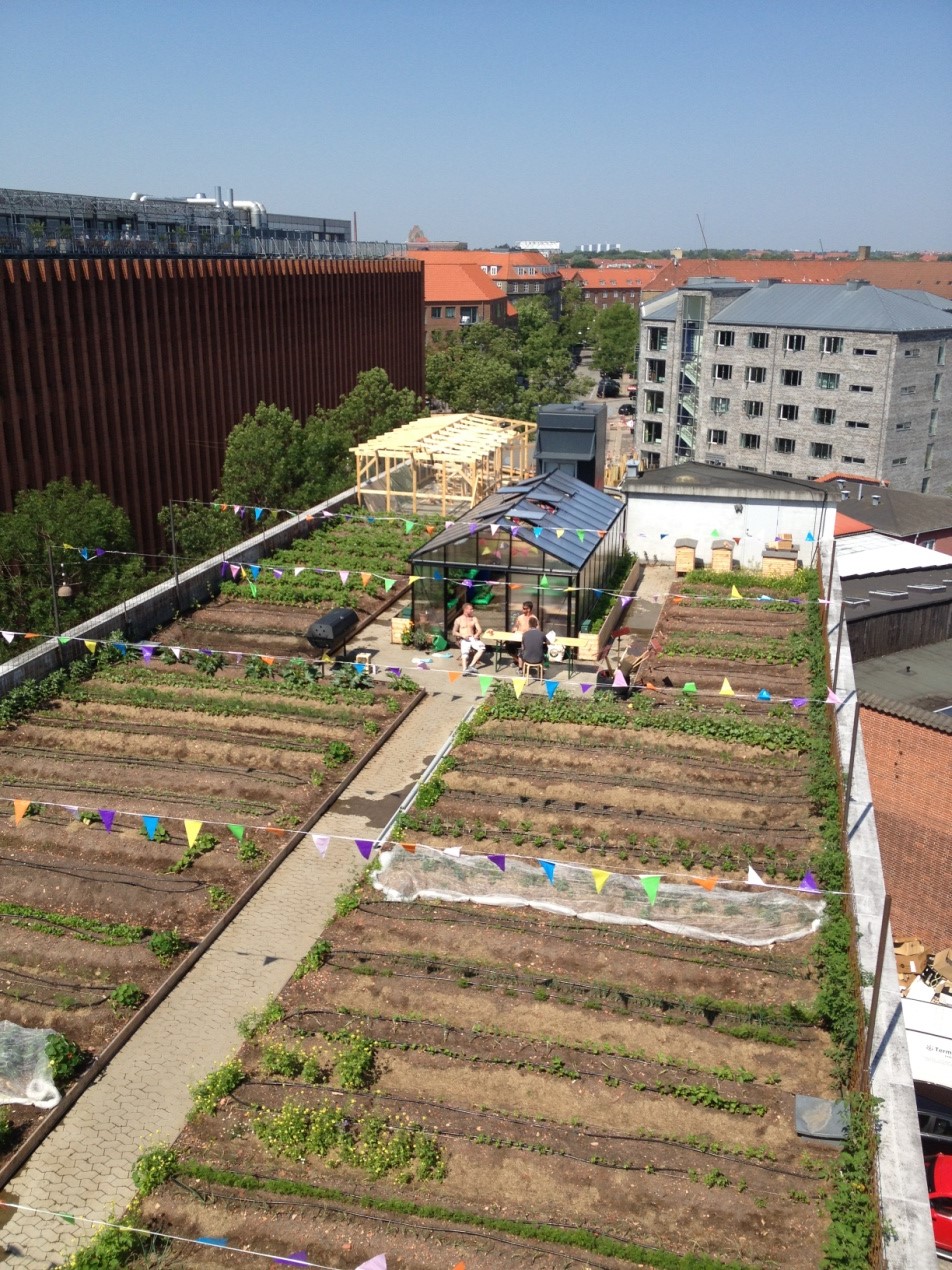
Business models in urban agriculture MSc thesis by Shuang Liu Rural Sociology Wageningen
Urban agriculture contributes to local economic development, poverty alleviation, the social inclusion of the urban poor and women, as well as to the greening of the city and the productive reuse of urban wastes. While there is a growing awareness about the role of urban agriculture in the context of food security and poverty alleviation for.

Agriculture 180 CU Landscape Architecture Thesis 2016
Urban agriculture has the potential to decentralize food supplies, provide environmental benefits like wildlife habitat, and mitigate environmental footprints, but researchers have identified.
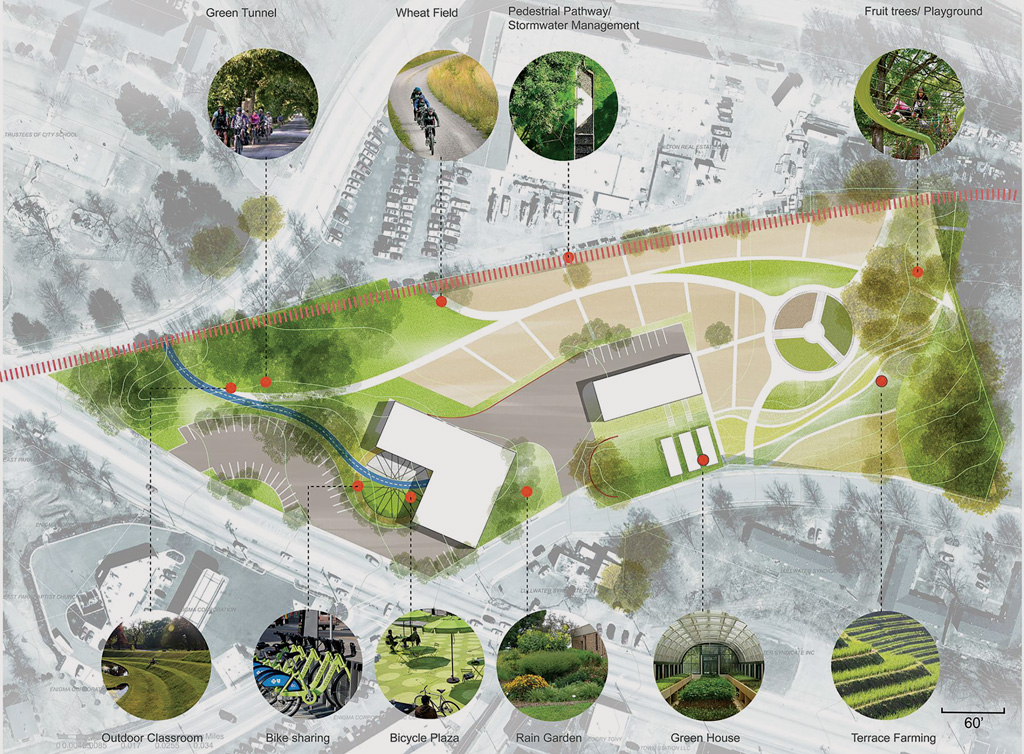
Social Impact through Design Experiments in Urban Agriculture The Plan Journal
Urban agriculture could play a central role in local and regional food sovereignty in developed countries, but in many cities, a lack of space and competition with other land uses limit production. Options for meaningfully advancing food sovereignty goals include sustainable intensification of existing urban farms and gardens; (2) expansion of production into interstitial and other.
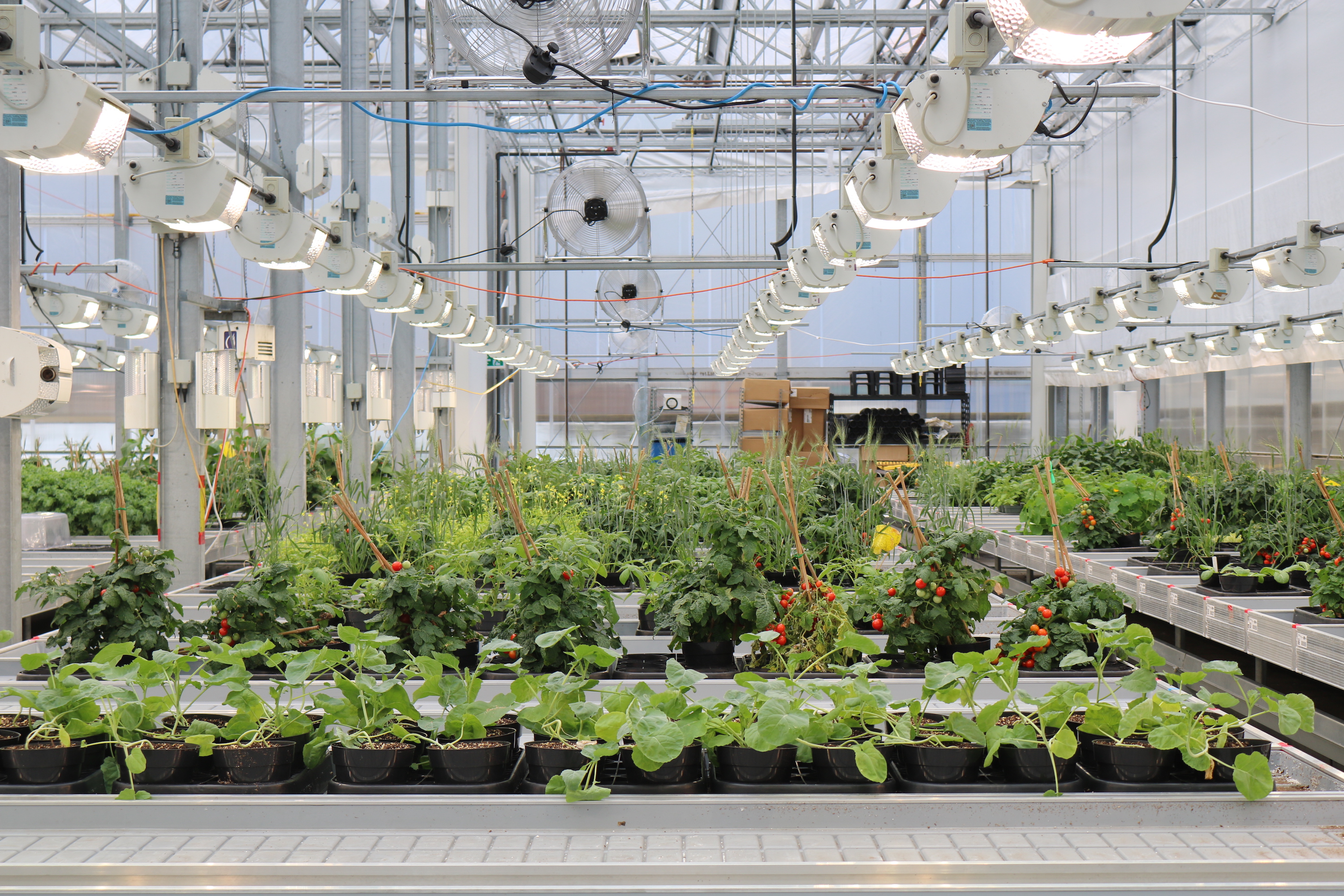
We need to think beyond urban farming Backyard Farming Today
Urban farms and community gardens can have both positive and negative environmental impacts. They can, for example, either reduce or increase energy consumption, improve water infiltration, and.

Vertical Farming Thesis
June 08, 2022. WASHINGTON — The U.S. Department of Agriculture (USDA) announces significant investments to support urban agriculture, including $43.1 million for grants and cooperative agreements as well as six new urban county committees to help deliver key USDA programs to urban producers. These actions support USDA's efforts to.

Urban Farming Hub (Architecture Final Project) YouTube
design practices and ensure the feasibility of urban farming, the thesis will discuss related studies, current urban farming methodologies, interim houses industry, advantages and disadvantages, their potential accessory spaces and functions, and their possible effects on the urban environments and the neighborhoods. 1.2. Food Crisis

AGROHOUSING IN URBAN AREAS (THESIS RESEARCH)
Urban agriculture offers the opportunity to provide fresh, local food to urban communities. However, urban agriculture can only be successfully embedded in urban areas if consumers perceive urban farming positively and accept urban farms in their community. Success of urban agriculture is rooted in positive perception of those living close by, and the perception strongly affects acceptance of.
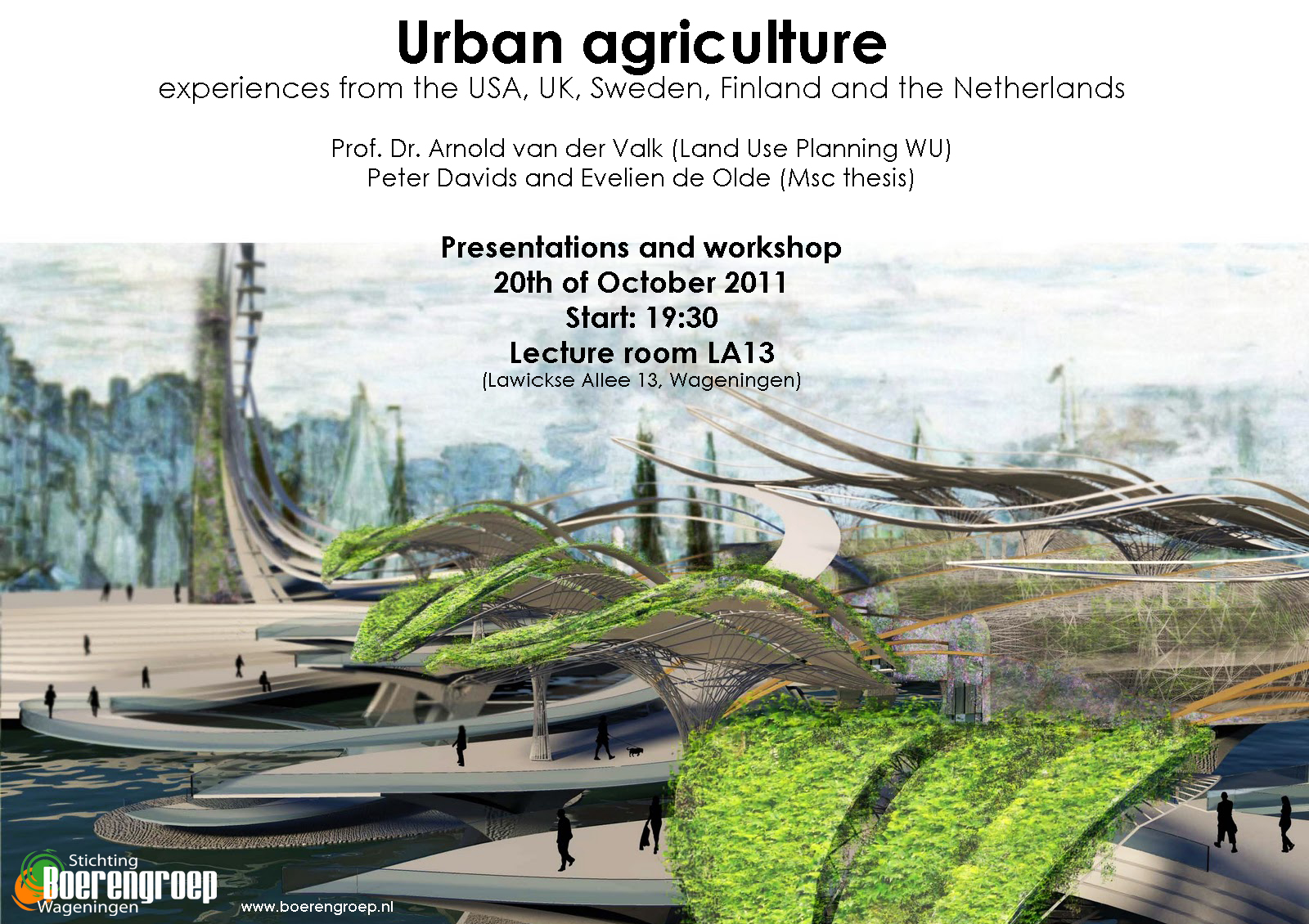
Urban Agriculture October 20
1. Introduction. Urban agriculture (UA) has become a new cultural-political expression and land-use fashion as a source for social cohesion, environmental education, and as a recreational hobby around the globe (Camps-Calvet et al., 2015, Coles and Costa, 2018, Hardman et al., 2018, Robineau and Dugué, 2018), while remaining an important foundation for food security and subsistence for the.

Agricultural District (Vertical farming concept) Thesis presentation B.Arch IIT Roorkee
Urban green spaces have been researched extensively for their contribution toward livable, sustainable and resilient cities. Studies illustrate increasing awareness of the multi-functional roles such spaces can fulfill in addressing urbanization pressures and associated impacts such as increasing stress on global food systems, notably by accommodating practices of urban agriculture (UA).

Agriculture 180 CU Landscape Architecture Thesis 2016
Integrating Urban Agriculture in the Design and Planning for Built Environments. Sumita Ghosh, in Reference Module in Earth Systems and Environmental Sciences, 2023. Introduction and Context. Urban agriculture is an important green infrastructure that has been embedded into the urban and suburban fabric for many years. 68% of the world's population will be living in urban areas by 2050.

Pin on Architecture
Urban agriculture (UA) can be deployed as a strategy to ensure sustainability in pursuit of building a resilient city. The objective of this study is to investigate what and how UA contributes to environmental sustainability (ES) thereby to the building of a resilient city. Scholarly search engines such as Elsevier, Google Scholar, Science Direct, Springer and Taylor & Francis were used to.
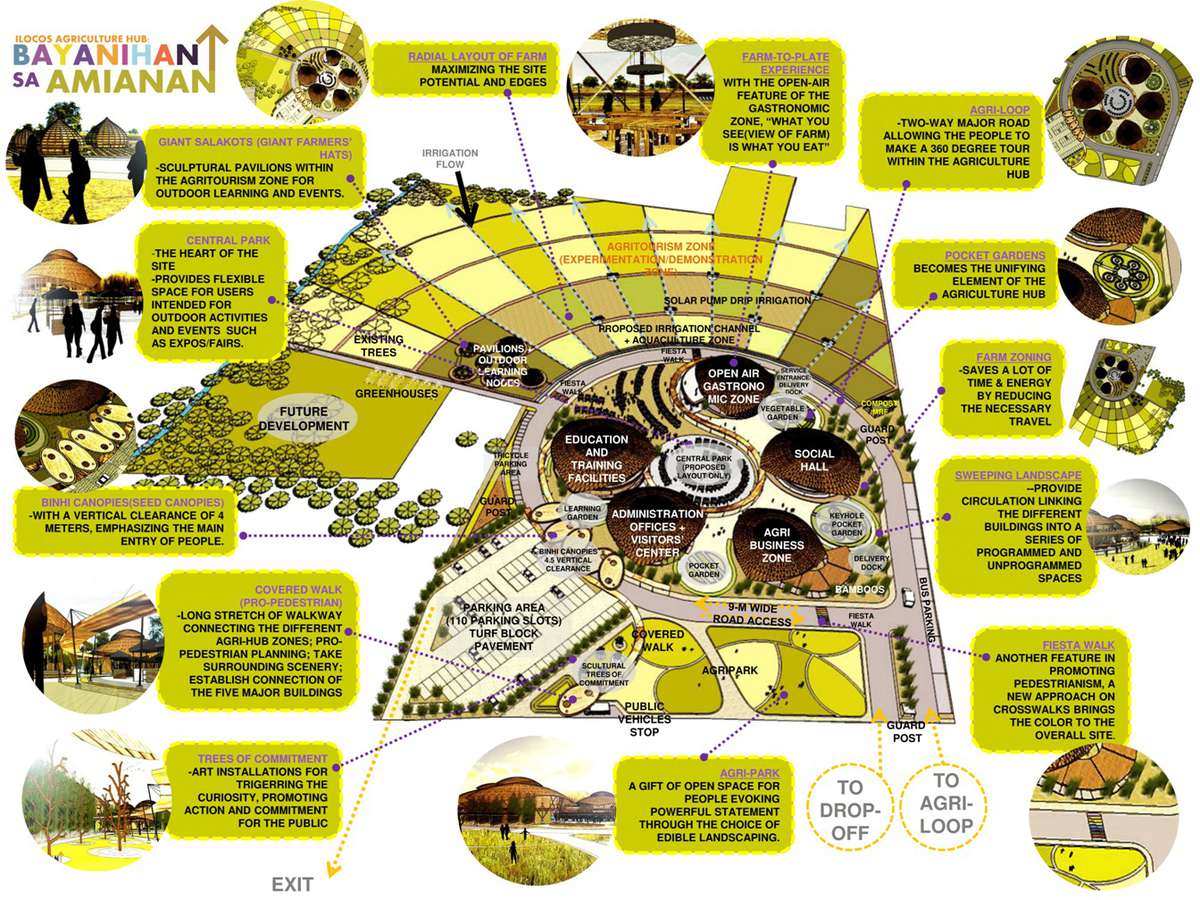
Agriculture Hubs Future Architecture
Urban agriculture has been proposed as an important urban element to deal with the challenges of food insecurity and environmental deterioration. In order to track current popular topics and global research trends in urban agriculture, we used bibliometric analysis and visualization mapping to evaluate and analyze the developments in the knowledge of urban agriculture based on 605 papers from.

Songzhuang Arts and Agriculture City Sasaki Agriculture, Urban landscape design, Urban
The Office of Urban Agriculture and Innovative Production partners with a variety of agencies and stakeholders to support and further the goals of urban, small-scale, and innovative production producers. The Office coordinates an Internal Advisory Committee, made up of representatives from agencies across USDA, to provide USDA-wide coordination.
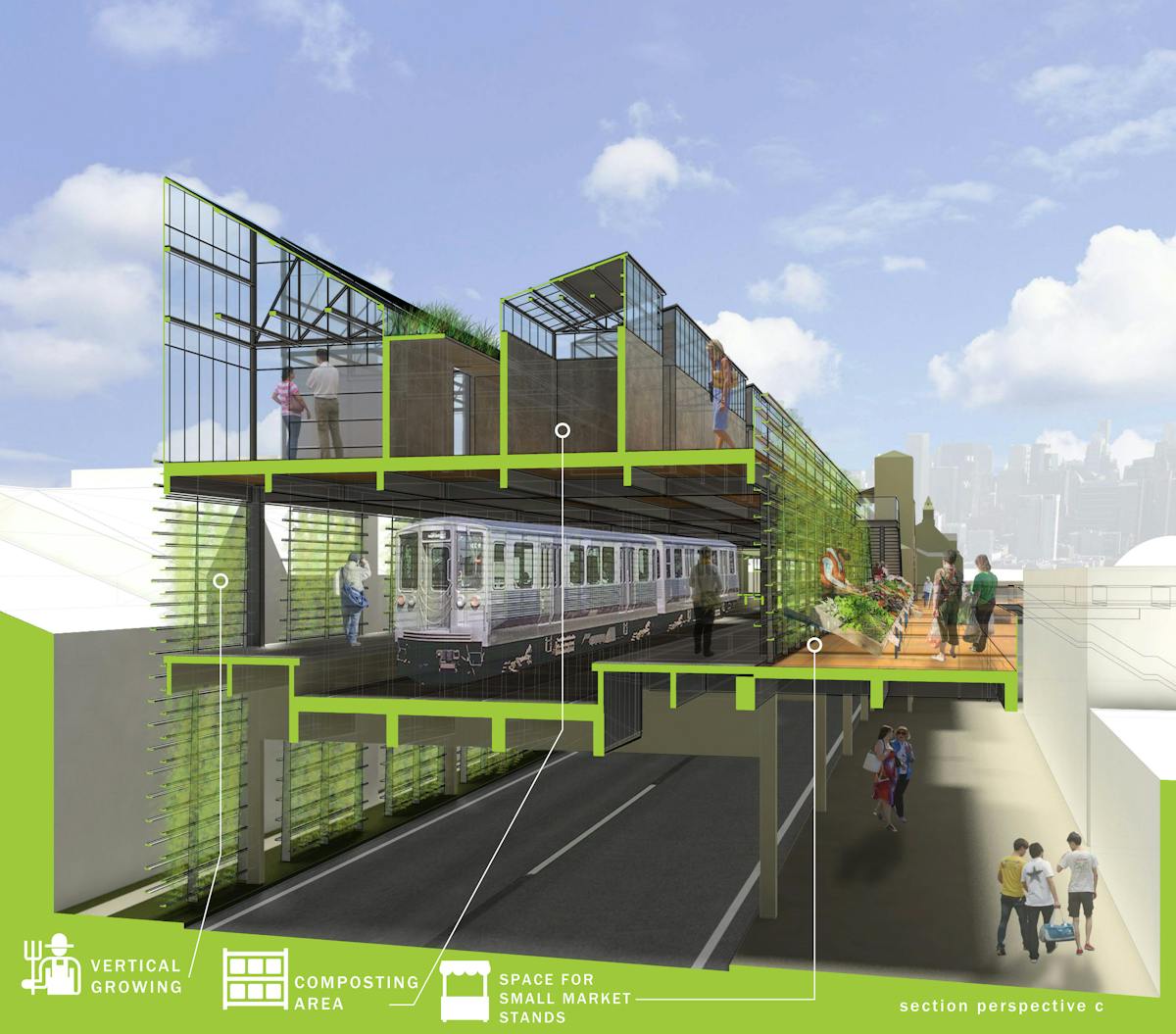
Fortified Infrastructure Exploring Urban Agriculture through Underutilized Transit Surfaces
In Detroit, commercial urban farming operations do a great deal to make their urban soils productive again. Edwards notes that some spend $8,000-$10,000 a year on compost.

Thesis Urban Agriculture by Jimmy Wolf Issuu
Urban agriculture has the potential to decentralize food supplies, provide environmental benefits like wildlife habitat, and mitigate environmental footprints, but researchers have identified knowledge gaps regarding both the benefits and risks of urban agriculture and the social processes of growing more food in urban areas.